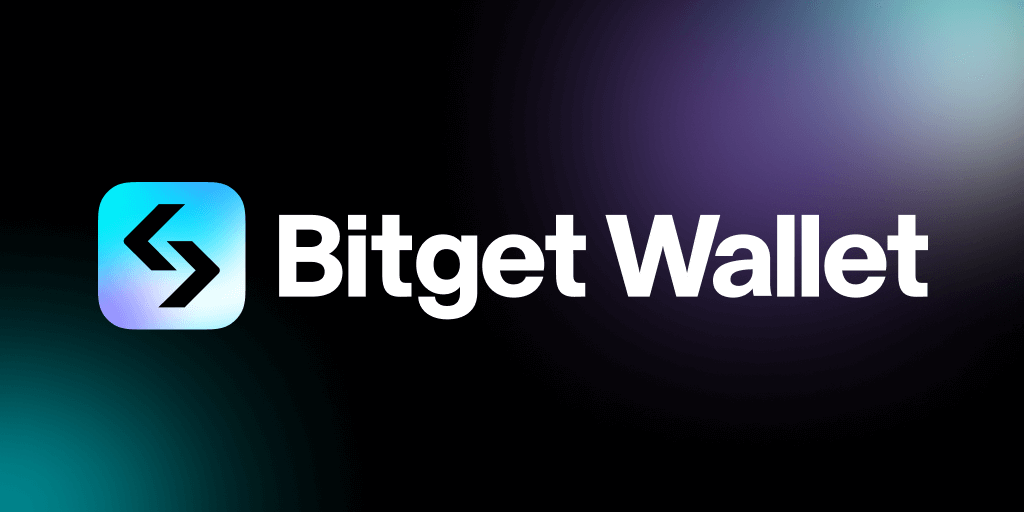Whoa! Have you noticed how trading futures used to feel like rocket science reserved for desktop wizards? Now, with mobile apps stepping into the spotlight, things are shifting fast. Honestly, I didn’t expect futures trading to become this accessible on my phone, but here we are. It’s like having a mini Wall Street right in your pocket — and that’s pretty wild.
So, here’s the thing: futures trading has always been a double-edged sword. On one hand, it offers the chance to hedge risks or amplify gains. On the other, the volatility and complexity can overwhelm even seasoned traders. But when you combine that with the convenience of a mobile app, it suddenly feels more manageable, even for regular DeFi users. I mean, no more lugging around a laptop or being stuck at a desk.
Still, I was skeptical at first. Mobile apps often sacrifice depth for simplicity. Could they really handle the nuance of futures trading without dumbing things down? Initially, I thought the interface would be clunky or the features limited. But after digging deeper, it turns out some platforms are seriously stepping up their game.
Take the integration of staking rewards alongside futures trading, for instance. At first glance, they seem like two separate beasts. Staking’s about long-term holding and rewards, while futures are fast and risky. But actually, blending these features can create a powerful combo — letting users earn passive income while actively managing positions. It’s like having your cake and trading it too.
Here’s a longer thought: trading futures on mobile isn’t just a technical upgrade; it changes the entire vibe of DeFi engagement. You’re no longer glued to a desk, and the barrier to entry lowers. This could democratize access, especially for multi-chain users who hop between ecosystems. However, this ease also brings new challenges — security, UX design, and reliable execution under pressure.
Okay, so check this out — the Bitget wallet app is a prime example of this evolution. It’s not just a wallet; it’s also built for futures trading with staking options baked in. If you’re curious, you can find it here. I’ve played around with it a bit, and I gotta say, the interface strikes a good balance between advanced tools and user-friendliness.
But here’s what bugs me about some mobile futures platforms: latency and order execution slippage. On desktop, you can fine-tune your strategy with multiple screens and real-time data feeds. On mobile, you’re limited by screen size and network variability. Sometimes, orders don’t fill as expected, which can be costly. That said, Bitget’s app has made strides to minimize this, especially for US users familiar with volatile markets.
Another thing — staking rewards aren’t always straightforward. Some apps advertise high APYs, but when you dig into lockup periods and withdrawal rules, it’s a different story. My instinct said to be cautious, and rightfully so. You gotta read the fine print. But with futures and staking combined, platforms incentivize holding tokens while allowing strategic trading. That’s a neat innovation.
Hmm… thinking about it, one challenge remains: managing risk on mobile. Futures trading inherently carries leverage, and without proper risk management tools integrated into the app, users could easily blow out accounts. Some apps provide stop-loss and take-profit orders, but their mobile UX can be clunky or confusing. I really hope future updates prioritize intuitive risk controls.
Here’s a related observation — multi-chain support is crucial. Traders today don’t just stick to Ethereum or Binance Smart Chain; they jump between Solana, Avalanche, and more. Mobile apps that support cross-chain futures trading and staking can consolidate workflows, saving users from bouncing between multiple apps. Bitget’s wallet seems to lean into this multi-chain future, which is promising.

On one hand, mobile futures trading apps make DeFi more accessible and engaging. Though actually, it’s a mixed bag — convenience sometimes clashes with complexity, and security can be a concern. But the potential upside is huge, especially for users who want to stay active in markets without being chained to a desktop.
Personally, I’m biased towards platforms that combine wallets, futures trading, and staking rewards in one place. It streamlines my crypto life, reduces app fatigue, and helps me keep tabs on multiple streams of income. Still, I’m not 100% sure if this all-in-one approach suits everyone. Some traders prefer specialized apps for each function.
Anyway, if you want to explore a wallet that marries these features well, check out the Bitget wallet app linked here. It’s been evolving quickly, and from my experience, it nails the balance between power and simplicity. Worth a look if you’re into DeFi on the go.
Something felt off about the way some apps pushed staking rewards too aggressively while hiding futures risks. Transparency is key here, and it’s refreshing when a platform lays out both sides clearly. This part bugs me because hype can mislead newcomers into overexposure.
To wrap it up—not that I’m really wrapping, more like pausing—mobile futures trading combined with staking is reshaping how DeFi users engage daily. It’s dynamic, sometimes messy, but definitely exciting. I’m curious where this space heads next, especially with more integrated wallets emerging. For now, having that kind of power in your pocket feels like a glimpse of crypto’s future.

